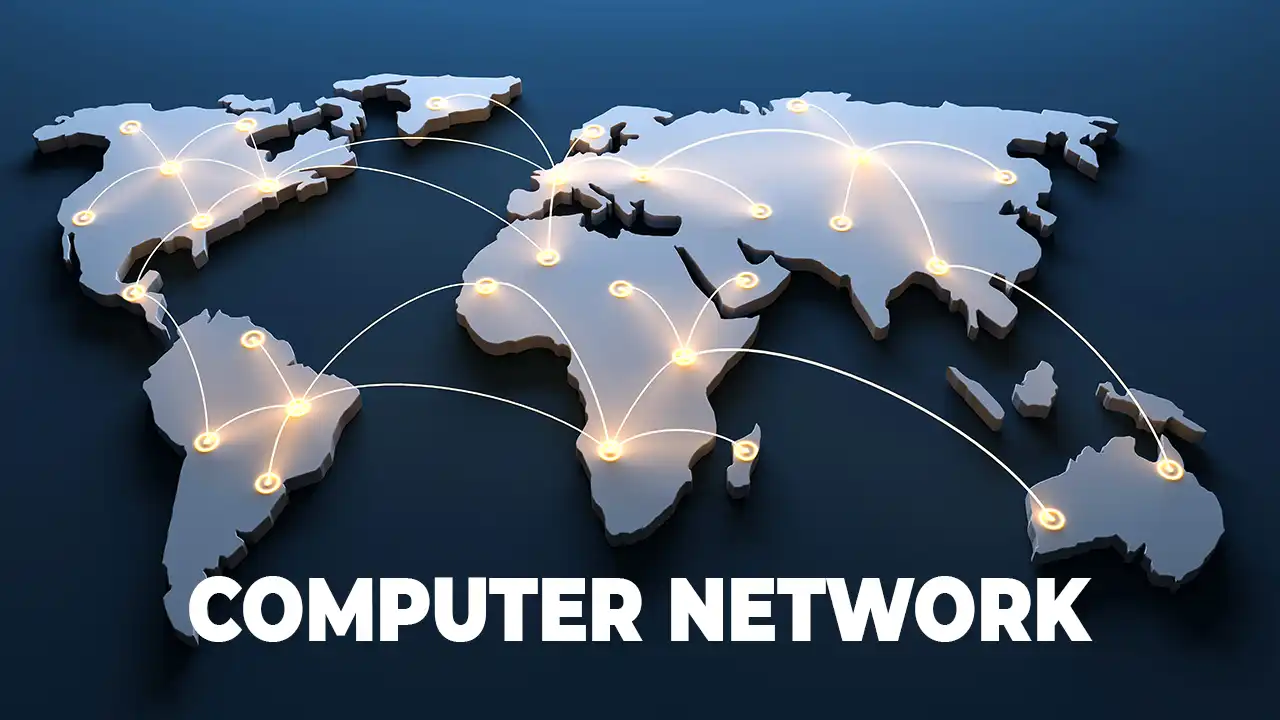Exploring the Evolution of Computer Networks: From Local Area Networks to the Global Internet
Exploring the Evolution of Computer Networks: From Local Area Networks to the Global Internet

Exploring the Evolution of Computer Networks: From Local Area Networks to the Global Internet
In the vast realm of technology, few innovations have had as profound an impact on our daily lives as computer networks. From the humble beginnings of Local Area Networks (LANs) to the vast expanse of the global Internet, computer networks have transformed the way we communicate, work, and share information. In this blog post, we will take a journey through the evolution of computer networks, exploring the key milestones that have shaped the interconnected world we live in today.

1. The Emergence of Local Area Networks (LANs)
Before the advent of computer networks, computers operated in isolation, humming away all alone. However, as the popularity of computers grew, the need to share data and resources became increasingly apparent. This gave birth to the concept of Local Area Networks or LANs. LANs allowed computers within an organization, such as a company or research lab, to communicate and exchange information more efficiently than the traditional method of physically transferring punch cards or magnetic tapes.
One of the most successful LAN technologies that emerged was Ethernet, developed at Xerox PARC in the early 1970s. Ethernet enabled a series of computers to be connected to a single common cable. To avoid collisions when transmitting data, each computer was assigned a unique Media Access Control (MAC) address. This address ensured that computers only processed data meant for them, improving the efficiency of data transmission.
2. The Challenge of Collisions and Exponential Backoff
Despite the efficiency of Ethernet, a significant challenge arose as network traffic increased. When multiple computers tried to transmit data simultaneously, collisions occurred, leading to garbled information transfer. To address this, Ethernet implemented a clever solution known as Exponential Backoff.
When a computer detected a collision, it waited for a brief period before attempting to re-transmit the data. If a collision occurred again, indicating network congestion, the computer would wait for double the time before re-transmitting. This process continued, with the wait time doubling with each subsequent collision until successful transmission. Exponential Backoff reduced collisions, ensuring smoother data flow and preventing network gridlock.
3. The Rise of Packet Switching and the ARPANET
As computer networks grew in complexity and scale, new challenges emerged. Circuit Switching, the traditional approach of dedicating a communication line for exclusive use, proved inflexible and expensive due to unused capacity. The solution came in the form of Message Switching, which passed messages through multiple stops along different routes, making communication more reliable and fault-tolerant.
Packet Switching, a descendant of Message Switching, revolutionized network communication. Data was chopped into small packets, each containing a destination address. Routers used these addresses to efficiently forward packets along flexible routes, optimizing data transmission. The development of the ARPANET, the world’s first packet-switched network funded by the Advanced Research Projects Agency (ARPA), laid the foundation for the modern Internet.
Read: The Path to Restoring Hope for Nigeria: Leadership and Optimism
Read: Understanding the 25 Percent Vote Requirement in Nigeria’s Presidential Elections
Read: Experience Culinary Delight with Renowned Chef Hilda Bassey – A True Master in the Kitchen
Conclusion
Computer networks have come a long way from their humble beginnings as isolated machines to the vast and interconnected global Internet we know today. Local Area Networks revolutionized data sharing within organizations, while Ethernet’s innovative approach to handling collisions with Exponential Backoff ensured smoother data transmission. The shift from Circuit Switching to Packet Switching and the development of the ARPANET ushered in a new era of efficient and decentralized communication.
As we continue to witness advancements in technology, it is fascinating to reflect on how computer networks have transformed the world, enabling us to exchange information, collaborate, and thrive in an interconnected digital age. The journey of computer networks is an ongoing one, and with the advent of emerging technologies, the possibilities for the future are boundless.

